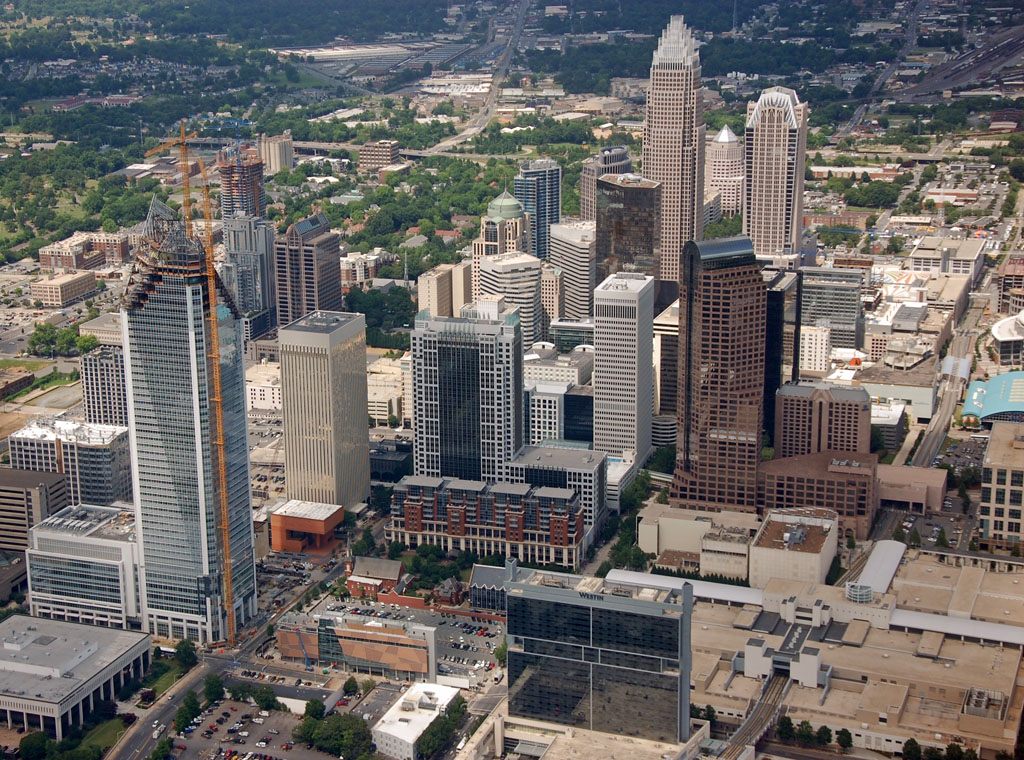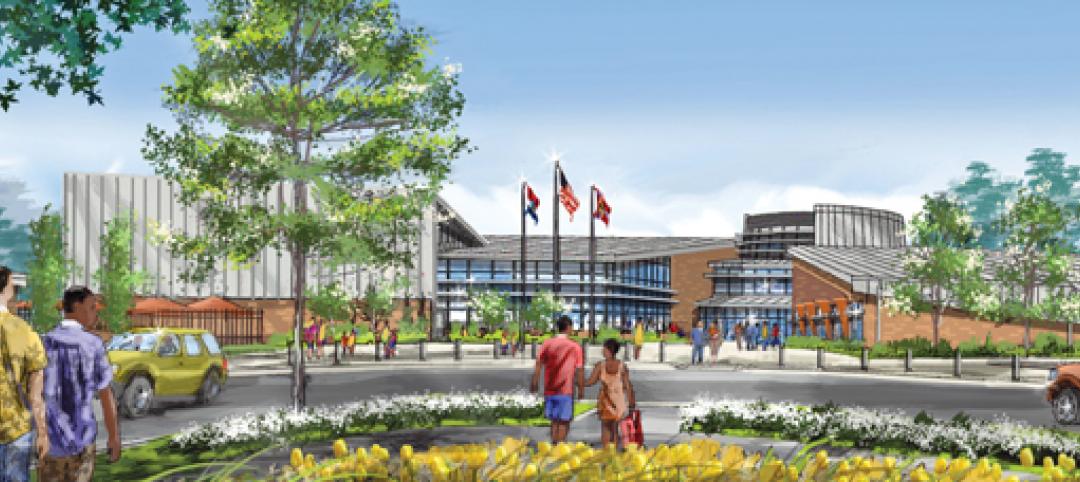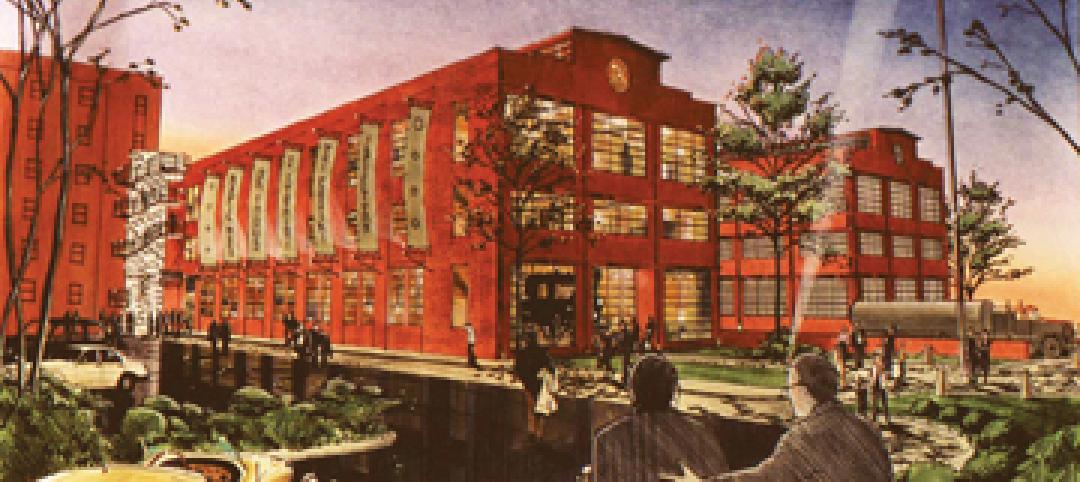The commercial real estate industry is increasingly focused on the needs of small firms where job growth is outpacing larger firms by nearly five to one, according to Emerging Trends in Real Estate 2016, co-published by PwC US and the Urban Land Institute (ULI).
Now in its 37th year, Emerging Trends in Real Estate provides outlooks for the real estate and land use industry. It includes interviews and survey responses from more than 1,800 leading real estate experts, including investors, fund managers, developers, property companies, lenders, brokers, advisers, and consultants.
“The real estate industry's traditional focus on big cities and large employers is shifting significantly as small businesses emerge as the growth engine for the U.S. economy,” said Mitch Roschelle, partner, U.S. real estate advisory practice leader, PwC. “This is creating disruption in the office sector as it finds ways to create new space models to accommodate these employers.”
10 Trends to Watch
PwC and ULI outline the top trends in real estate for 2016:
1. 18-hour cities 2.0
The real estate industry is confiden in the potential investment returns in these 18-hour markets – or markets where businesses, restaurants, and other services operate virtually around the clock. The growth in investor sentiment is evident in the 2016 top ten rankings. With the exception of San Francisco and Los Angeles, the balance of the markets are 18-hour gateway cities.
2. Next stop: the suburbs
As the cost of living and housing prices have risen in the core gateway markets, it’s apparent that suburban opportunities are gaining investor favor. In the top 40 metro areas, 84% of all jobs are outside the center-city core. That’s cause for optimism for the suburban future.
3. Offices: barometer of change
The office sector benefits from the strengthening employment numbers and a rethinking of how employees can maximize their productivity through open workspaces. Some surveyed respondents see the redesign as a way to alter work style itself, while others view it as a way to attract and keep desired talent.
4. A housing option for everyone
Economic and demographic factors influence the housing market as it deals with providing housing desired by the baby boom generation, aging millennials, a population making an urban/suburban choice, and finding a way to provide affordable housing to support a vibrant workforce. Developing better housing for everyone is passing from “nice to do” to “must do”, and that will shape housing trends.
 Driving rates are down and parking is a suboptimal use of land in many cities. Photo: Jeffrey Smith/Creative Commons
Driving rates are down and parking is a suboptimal use of land in many cities. Photo: Jeffrey Smith/Creative Commons
5. Parking for change
Miles traveled by car for people 34 years old or younger are down 23 percent (United States Department of Transportation – Federal Highway Administration), while the percentage of high school seniors with driver’s licenses declined from 85 percent to 73 percent between 1996 and 2010, according to the American Automobile Association. The urbanization trend and gen-Y preferences already suggest that existing parking represents a suboptimal use in land and in both 24- and 18-hour cities.
6. Infrastructure: Network it! Brand it!
With urban population growth, cities are looking to prioritize maintenance and tackle critical needs in water supply and distribution, public education, aviation, vehicle and pedestrian traffic, and rail safety. This is leading to creative solutions such as high-frequency bus networks and green infrastructure. Innovative solutions to infrastructure needs is likely to mark the latter half of this decade and beyond.
7. Food is getting bigger and closer
There are many cities where neighborhood land is cheap or older buildings sit idle, and where median incomes are low and the need for fresh food is high. What is trending is the idea that urban land is the most precious and flexible of resources. Just as the reinvention of the suburbs is a story for the decade ahead, so is the creative adaptation of inner-city uses.
8. Consolidation breeds specialization
The evolutionary trends in development, equity investment, and lending are showing that “small can be powerful.” Developers may find it difficult to access sufficient capital unless they have scale, but this means fitting the quality demands of conservative lenders. That requires finding niche lenders and investors willing to fund the smaller projects; and small developers with their lenders may be accessing the most innovative parts of the business. Firms may find themselves in the middle and will need to choose which side – smaller or larger – they wish to be on.
9. We raised the capital; now, what do we do with it?
New capital will be invested in: additional markets (capital is expected to flow more freely in 18-hour cities), alternative assets (what constitutes real estate will continue expanding), old is new again (older space is being embraced and it’s making the market consider a wider range of potential investments), and alternative property types (medical office and senior housing may see a benefit from changing demographics, and data centers and lab space may be in demand due to technical changes).
10. Return of the human touch
The industry is trending toward more intensive active management. Risk management of hacking issues is of critical concern – and attention to cybersecurity will penetrate more deeply into the real estate business. Attention to individual decision-making is needed as much as ever.
5 Markets to Watch
A snapshot of the top five markets ranked by survey respondents and their outlook for each market:
- Dallas/Fort Worth – Impressive employment growth is the story behind this area’s rise to the top of this year’s survey (it ranked #5 last year), which is supported by a business-friendly environment along with an attractive cost of doing business and cost of living.
- Austin – Austin (same spot as last year) fueled by another year of diverse job creation, it remains an attractive place to live for all generations. One concern from surveyed participants is that the market is growing faster than the local infrastructure.
- Charlotte – This city (up from #7 last year) embodies many of the components of the 18-hour city. Good job and population growth along with the development of urban centers makes the market attractive to residents.
- Seattle – Seattle (#8 in 2014), is popular with domestic and global investors, offers a diverse industry base and is benefiting from growth in the technology, advertising, media and information industries.
- Atlanta – The market (which ranked #11 last year) enjoys strong growth in key sectors of the economy without the typical concern of oversupply. The lower cost of doing business is attracting corporate relocations which contribute to market growth.
Related Stories
| Jan 21, 2011
Sustainable history center exhibits Fort Ticonderoga’s storied past
Fort Ticonderoga, in Ticonderoga, N.Y., along Lake Champlain, dates to 1755 and was the site of battles in the French and Indian War and the American Revolution. The new $20.8 million, 15,000-sf Deborah Clarke Mars Education Center pays homage to the French magasin du Roi (the King’s warehouse) at the fort.
| Jan 21, 2011
Library planned for modern media enthusiasts
The England Run Library, a new 30,000-sf glass, brick, and stone building, will soon house more than 100,000 books and DVDs. The Lukmire Partnership, Arlington, Va., designed the Stafford County, Va., library, the firm’s fourth for the Central Rappahannock Library System, to combine modern library-browsing trends with traditional library services.
| Jan 21, 2011
Virginia community college completes LEED Silver science building
The new 60,000-sf science building at John Tyler Community College in Midlothian, Va., just earned LEED Silver, the first facility in the Commonwealth’s community college system to earn this recognition. The facility, designed by Burt Hill with Gilbane Building Co. as construction manager, houses an entire floor of laboratory classrooms, plus a new library, student lounge, and bookstore.
| Jan 21, 2011
Upscale apartments offer residents a twist on modern history
The Goodwynn at Town: Brookhaven, a 433,300-sf residential and retail building in DeKalb County, Ga., combines a historic look with modern amenities. Atlanta-based project architect Niles Bolton Associates used contemporary materials in historic patterns and colors on the exterior, while concealing a six-level parking structure on the interior.
| Jan 21, 2011
Music festival’s new home showcases scenic setting
Epstein Joslin Architects, Cambridge, Mass., designed the Shalin Liu Performance Center in Rockport, Mass., to showcase the Rockport Chamber Music Festival, as well at the site’s ocean views.
| Jan 20, 2011
Worship center design offers warm and welcoming atmosphere
The Worship Place Studio of local firm Ziegler Cooper Architects designed a new 46,000-sf church complex for the Pare de Sufrir parish in Houston.
| Jan 20, 2011
Construction begins on second St. Louis community center
O’Fallon Park Recreation Complex in St. Louis, designed by local architecture/engineering firm KAI Design & Build, will feature an indoor aquatic park with interactive water play features, a lazy river, water slides, laps lanes, and an outdoor spray and multiuse pool.
| Jan 19, 2011
Industrial history museum gets new home in steel plant
The National Museum of Industrial History recently renovated the exterior of a 1913 steel plant in Bethlehem, Pa., to house its new 40,000-sf exhibition space. The museum chose VOA Associates, which is headquartered in Chicago, to complete the design for the exhibit’s interior. The exhibit, which has views of five historic blast furnaces, will feature artifacts from the Smithsonian Institution to illustrate early industrial America.
| Jan 19, 2011
Baltimore mixed-use development combines working, living, and shopping
The Shoppes at McHenry Row, a $117 million mixed-use complex developed by 28 Walker Associates for downtown Baltimore, will include 65,000 sf of office space, 250 apartments, and two parking garages. The 48,000 sf of main street retail space currently is 65% occupied, with space for small shops and a restaurant remaining.
| Jan 19, 2011
Biomedical research center in Texas to foster scientific collaboration
The new Health and Biomedical Sciences Center at the University of Houston will facilitate interaction between scientists in a 167,000-sf, six-story research facility. The center will bring together researchers from many of the school’s departments to collaborate on interdisciplinary projects. The facility also will feature an ambulatory surgery center for the College of Optometry, the first of its kind for an optometry school. Boston-based firms Shepley Bulfinch and Bailey Architects designed the project.
















